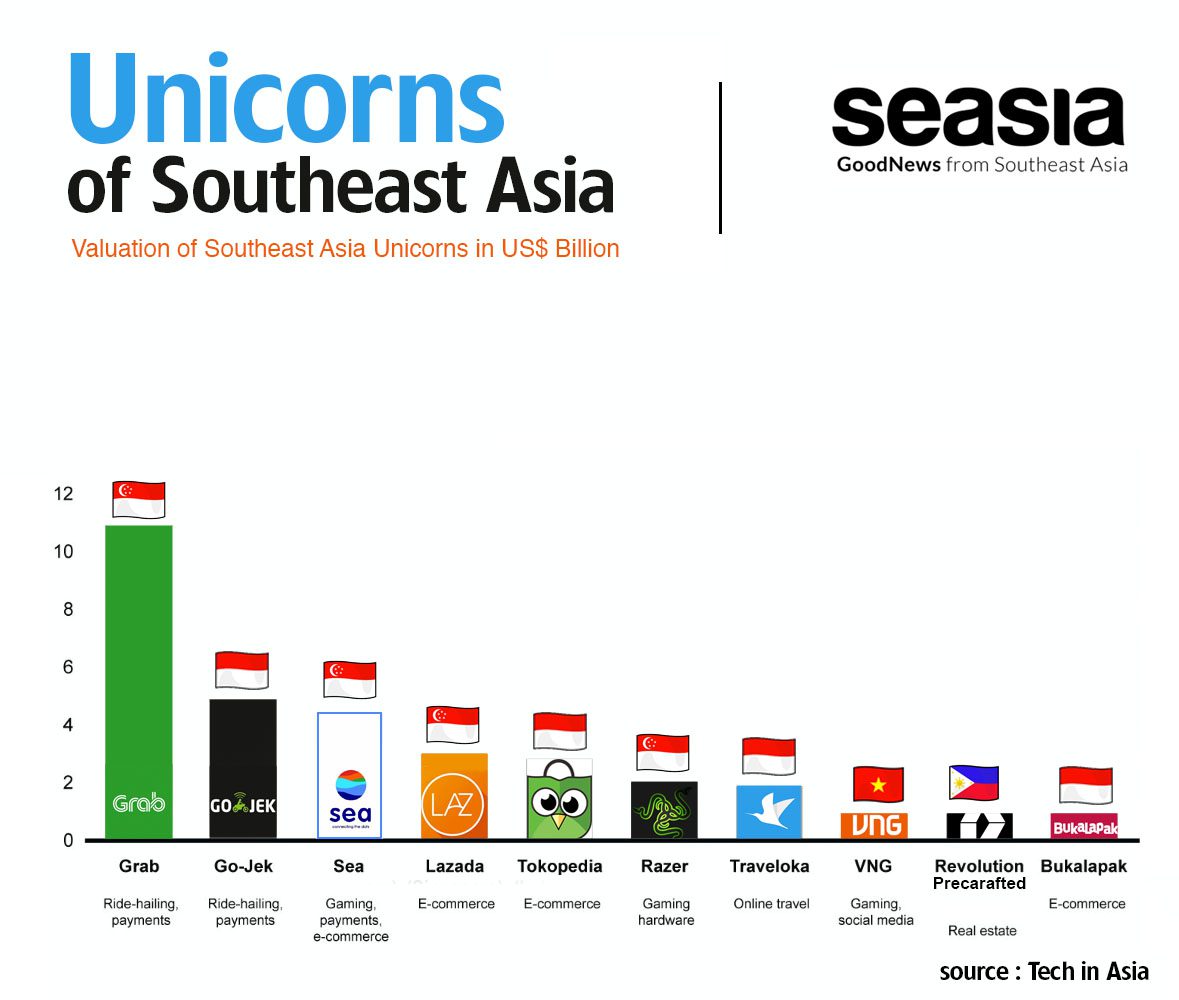Gig Economy is a term that has recently been booming among the public. The gig economy was born from significant technological developments or we know it as 4.0 technology
The gig economy actually refers to a new way of working that is considered more effective and efficient than the previous way of working. In addition, the gig economy can also be a source of income today.
So what exactly is the gig economy? How does the gig economy phenomenon work and are there any impacts?
What is Gig Economy?
the term gig economy comes from the word gig which was previously often used in the entertainment and arts industries.
Gig is used to name a project in progress and get paid based on the number of projects completed. Gig economy workers generally do not have a fixed income like workers in general.
The easiest illustration is about the recent news where there is a resident who accuses his neighbor of practicing pigs because it looks like he doesn’t work but has a lot of money.
The presence of the gig economy makes it easier for us to make money because we can work or complete projects from anywhere. Examples of the work in question are content creators, graphic designers, web hosting, and so on.
This new way of working is indeed a new thing for ordinary people or the boomers generation. For them, work is leaving the house and going to the office. The COVID-19 pandemic has made the gig economy easier to practice or what we know as Work From Home (WFH).
It should be underlined that not all jobs can use the gig economy style, but at least the presence of this gig economy can reduce inequality due to access or ease of making money.
Common Types of Jobs
In the gig economy principle, a person is paid based on the project or work completed. Their monthly income is generally not as fixed as permanent workers in a company. Their income can be greater or less each month, depending on the projects completed.
To quote Glints, here are some jobs that are often found in the gig economy:
- IT: network analyst, information security engineer
- Penulisan: content writer, resume writer, copywriter, UX copywriter
- Accounting: accountant, accounting assistant
- Administratif: virtual assistant, pharmacy technician, design administrative assistant
- Education: teacher, lecturer, tutor
- Software development: game engineer, UI/UX designer, DevOps engineer
- Project management: project manager, office manager, epic management project manager
The Impact of the Gig Economy
The presence of the gig economy is like a double-edged sword where it has both positive and negative impacts. Below describes the impacts of the gig economy.
The positive impact of the gig economy is the ease with which a person can take on many projects at one time. You can customize how many projects fit the lifestyle you want to run.
In addition, you will have many skills because you can determine which project suits your abilities. You can change career direction according to your personality or follow the market demand. Another advantage is that you can determine the rates for the projects you take.
Meanwhile, the negative impact of the gig economy is an unclear career path. Because you are a freelancer, it is difficult for you to get a career path.
Another negative impact is that it is difficult to find a work life balance . The gig economy offers flexibility where you can work anywhere and anytime. For those of you who are not able to manage time well, this can be a boomerang on physical and spiritual health.
Lastly, the gig economy can have an impact on the possible exploitation of workers. Because of your non-permanent status, it is difficult for you to get the benefits offered by the company such as protection, holidays, benefits, and so on.
That’s information about the gig economy.
